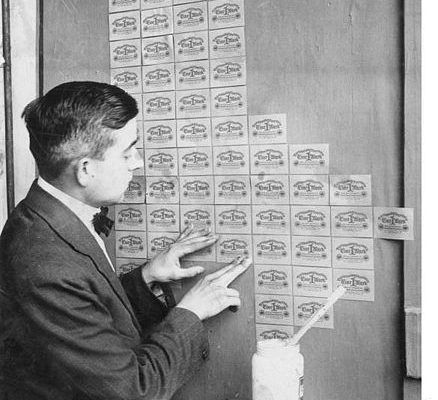The Impending Debt Crisis
Written on Feb 4th, 2011

It’s no secret that most of the organized governments in the world are essentially broke. The current debt to GDP ratio in the United States is almost 100%, a fairly incredible number that continues to rise. That number alone indicates that the US is in poor financial shape, and it’s not even that accurate a number. For example, the US has a number of off budget items that are technically debt as well – all the Freddy May and Fannie Mac purchases, Social Security (the US has been taking the money every year and basically putting an IOU in its place) and Medicare. If you factor in all of those items, realistically the debt-to-GDP ratio of the US is more like 500%. The United States only has a brief amount of time to get their financial house in order. Already the debt load in the United States is crippling the […]



